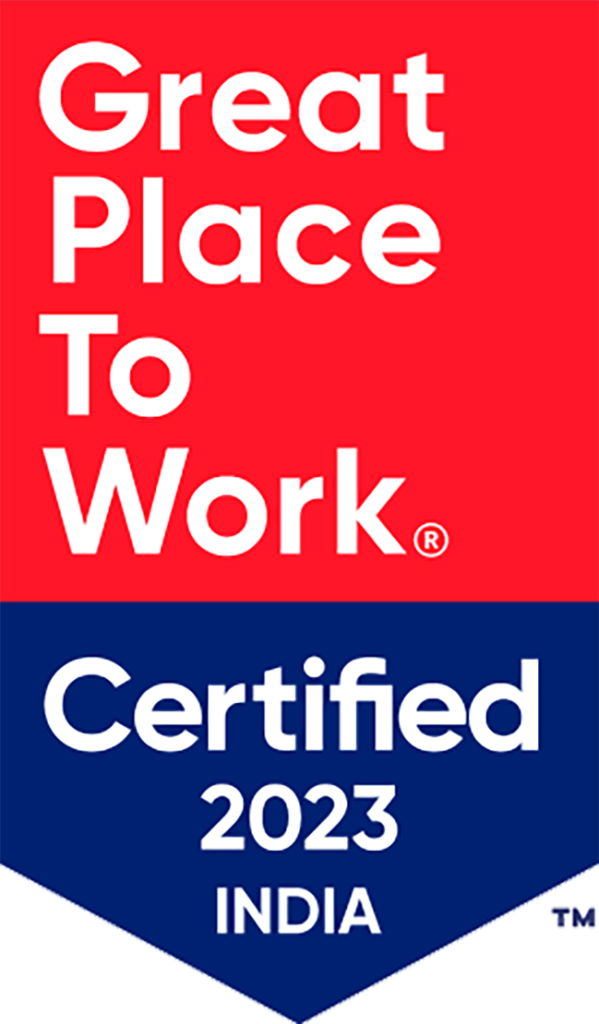Where do you want to start? Inflation? A looming recession? Tight labor market? Most anywhere you look today, it seems small business owners (SMBs) are facing seemingly insurmountable crises in rapid succession. Many might argue they can’t catch their breath, and that’s leading to overwhelming stress according to new research from Microsoft. More than half of employees (50%) and managers (53%) say they are simply burned out personally and professionally.
So how can MSPs tackle burnout before it cripples operations?
The answers vary. Stress can manifest itself in different ways for different people. Extended or prolonged stress can create physical and emotional exhaustion that leads to depression that presents itself in feelings of lack of accomplishments and, in some cases, a loss of personal identity.
Addressing these symptoms head on is critical towards restoring employees’ confidence, self-worth and, dare we say it, productivity. The first step is to help employees recognize these feelings as warning signs:
- Having a feeling of unmanageable workload
- Feeling like there is an unreasonable time pressure, having a lack of role clarity or communication and support from their manager
- Feeling a sense of inefficiency
- Feeling of lack of motivation and having no pleasure in their job
Next, managers should be on the look-out for:
- Emotional, mental or physical exhaustion in someone who hasn’t shown symptoms before
- Disengaged employees, having increased days of absence or isolating from co-workers
- Employees that are suddenly having higher sensitivity to feedback and/or seem less emotionally in control
- A noticeable decrease in an employee’s productivity
Together, after identifying potential symptoms, MSPs and their staff can potentially overcome burnout by:
Prioritizing Workplace Wellness — Whether in the office or working from home, ensure employees have a safe space to retreat, recharge and restore their mental capacity.
Monitoring Workloads — Given the intense labor shortage, monitoring the specific workloads of your existing team has never been more important. Understanding your team dynamics can have a significant impact on how work is assigned and completed
Enforcing Vacation Time — High-performing employees are often “always on.” Recognizing their work and contributing to their accomplishments enables establishing clear goals and career paths.
Soliciting Employee Feedback — Regardless of current conditions, routinely asking employees for their input on work processes can have a significant impact of outcomes.
Create a Positive Workplace Culture — Ensure the work environment encourages a fun, team-centered approach to work. Often in remote or hybrid settings, employees feel isolated. Offering peer-to-peer recognition, celebrations and a little social time for the team to come together, virtually or in-person, can go a long way in reducing mental fatigue.
In recognizing the red flags of job burnout both the employee and organization can take steps before the issue hits crisis mode. With setting up a one-on-one meeting managers can determine if the employee is just unhappy at their job, having issues outside of work or suffering from job burnout.
For more content like this, be sure to follow ITBD on LinkedIn and YouTube, check out our on-demand learning platform, Build IT University, and be sure to Register for Build IT LIVE, our 3-day education focused conference, September 9-11 in Orlando, FL!







